Marshside Mist.
The first had been a very foggy day, which hadn't cleared by the afternoon, and this wilderness landscape seemed quite eerie disappearing into the mist on all sides. We heard far more birds than we saw today, not surprisingly.

The Marshside saltmarshes include many creeks and wetland grasses.
It was a nice opportunity to experience the sounds of the saltmarshes more than the sights as vision was often very limited when the mist was thick... although it was quite disorientating when the mist was at its thickest, and the sounds of the birds - particularly the Redshank with their unsettling echoing cry - suddenly calling out quite close by was very atmospheric.

The creeks are still full, and the eerie cries of Redshank sound like lost souls echoing across this misty wilderness.
As you walk further out, or along the edge towards Southport, the saltmarsh gives way to the mudflats on all sides. It seems even more of a wilderness with only the treacherous mud underfoot and only the sounds of the birds for company.

There are many creeks snaking their way across the mudflats, looming through the mist as it thins occasionally.
We feel we have walked into misty isolation and the unstable mudflats underfoot far enough and turn back to Marshside. The visitor centre hide is closed for the evening but the views across the lagoons from the open hides are well worth the trip, whether or not you feel like braving the walk out onto the estuary itself.

The Marshside lagoons fading into the mist look never-ending. The more time you spend looking across the lagoons and marshes here, the more birds you see. When a huge flock takes flight you realise that you had been looking directly at hundreds - if not thousands - of birds without seeing them!

Huge flocks of birds will suddenly rise up from the saltmarshes and grasses right in front of you - and you hadn't even realised they were there!
If you haven't got any binoculors, try visiting the Visitor Centre hide at Marshside during opening hours as the birds are up really close and the staff at the centre always have fabulous telescopes to look through too.

The lagoons are beautiful, these reeds and grasses reflected in the waters. This was also going to be a picture of a Little Grebe but it dived under the water at the right of the picture a second earlier!

Pink Footed Geese on the lagoon.

Not shy!
Most of the Pink Footed Geese are either still out on the Estuary mudflats - in the mist! - or have already left for their breeding grounds in Iceland for the summer months. We want to see them coming in to Marshside from the Estuary mudflats at sunset to roost, so we plan another trip for later that week - and hopefully NOT a misty one...
Marshside Sunset.
Our second trip couldn't have been more different - and only a few days apart. It seemed like a completely different season. The sun was warm and golden in the late afternoon, casting the saltmarshes into a golden landscape - although the inevitable cold wind was still blowing inland from the Estuary so we were glad of our fleeces but regretting the gloves and scarves optimistically left behind...

The new dusty-green shoots of the marsh plants are visible through the gold of last year's growth when you get up close, but the landscape view is fantastic! And it SOUNDS even better than it looks - there are so many Skylarks here at Marshside, their beautiful songs turn the air to gold as much as the sun does - it's a pity the photographs can't transmit sound!

Plants are flowering all over the saltmarsh.

As evening approaches, the saltmarsh begins to take on a golden tinge.

The light reflecting from the wet mud and creeks as the sun begins to get lower in the sky is dazzling, and many of the birds begin to fly inland to find a roost for the evening.
We wait with bated breath for the mass of the Pink Footed Geese to fly inland to roost on the lagoons and marshes behind the Estuary...
We wait for a long time, hands getting colder by the minute. What we did see was surprising -

No, it's not Crosby beach, that really is a man out there, far away on the distant horizon, watching the many thousands of birds out on Marshside's intertidal flats at low tide. It's always a good idea to make sure the tide is on the way out if thinking of venturing out onto this area, and that you know exactly where you're going!

This is as far as we dare venture at Marshside - and then only when we're doubly sure the tide isn't due in for several hours. It's quite unnerving being out here this far if you suddenly think that you may have misread your Tide Table and put the summer-time hour adjustment the wrong way...
The RSPB hide a few yards down the road from the car park (at the old sand works) has the tides written up on the board outside so you can easily check here first.
If in doubt, don't go out!
As the light darkens to dusk, we decide to walk back to the marshes and lagoons inland to watch for roosting birds. The cries of the Redshank and twittering song of the Skylarks show no sign of abating, accompanying our walk back to the hides at Marshside.

Thousands of the Ribble's birds fly in from the Ribble mudflats to roost on the lagoons and marshes at Marshside. If you click on the picture to enlarge it, you'll see hundreds of birds roosting on the marsh.
We wait but there's no sign of the Geese - on their way to Iceland we suspect! They probably left this morning, as it's been such a glorious day!

The sun slowly sinks to the horizon and reflects on the distant Ribble, miles away across the Marshside mudflats.

It's turning into a fantastic sunset...

A Kestrel hunts for supper right in front of us as if we weren't there!

Well worth freezing for - that wind can be SO cold blowing across Marshside from the sea, especially once the sun loses height...

Glorious...!
We'll have to wait until Autumn for the flocks of Pink Footed Geese to return, but we'll be back to hear those Skylarks throughout the summer months as they breed on the saltmarsh - Marshside is the best place for Skylarks in Lancashire, so go along and enjoy their golden song.



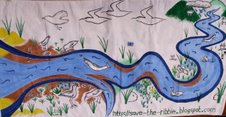


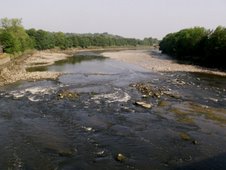
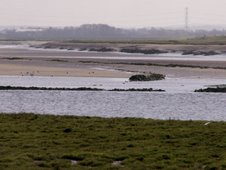
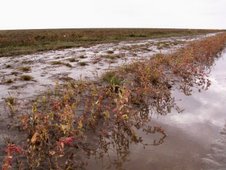





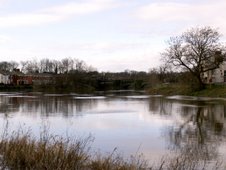

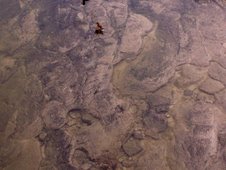
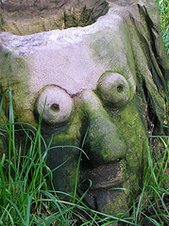













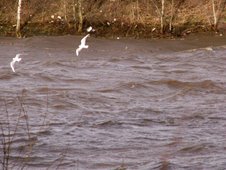
2 comments:
Gorgeous photos! Thanks for your submission to our first edition of Learning in the Great Outdoors, the carnival of environmental education. I have taken the liberty of linking to this post for our second edition which will be up tomorrow.
Markos (DailyKos) Alberto Moulitsas ZÚÑIGA's "Family Business" Pollutes Unique El Salvador Estuary, Threatens Wildlife: AN INVESTIGATIVE REPORT"
Post a Comment